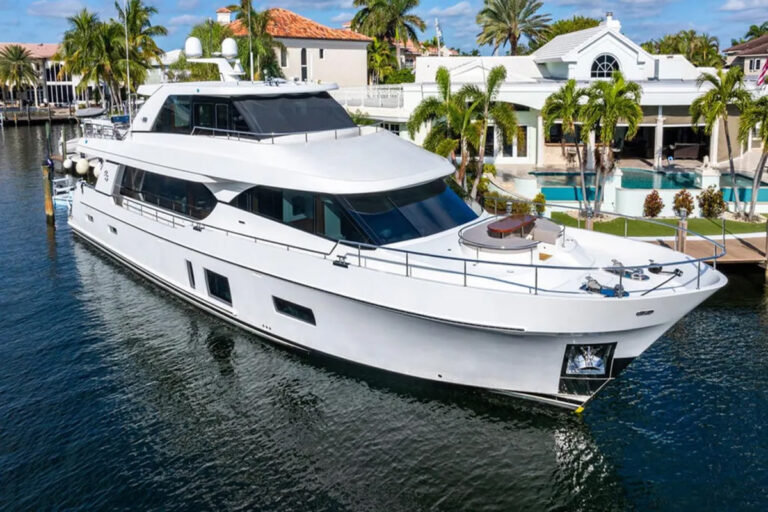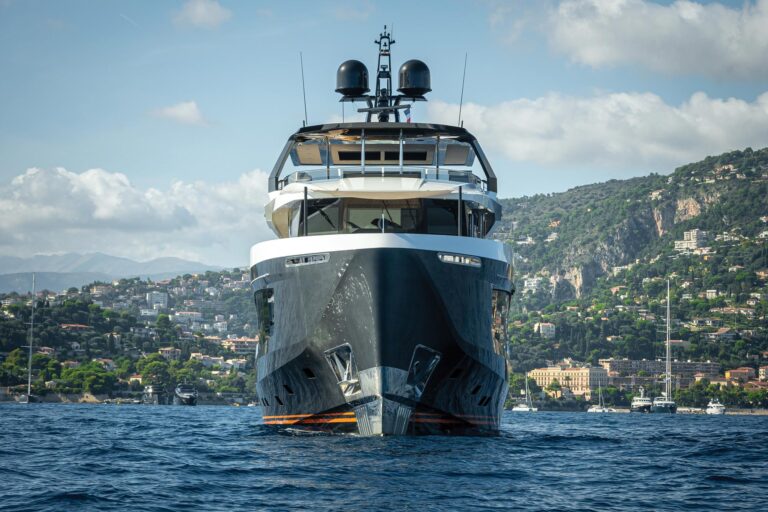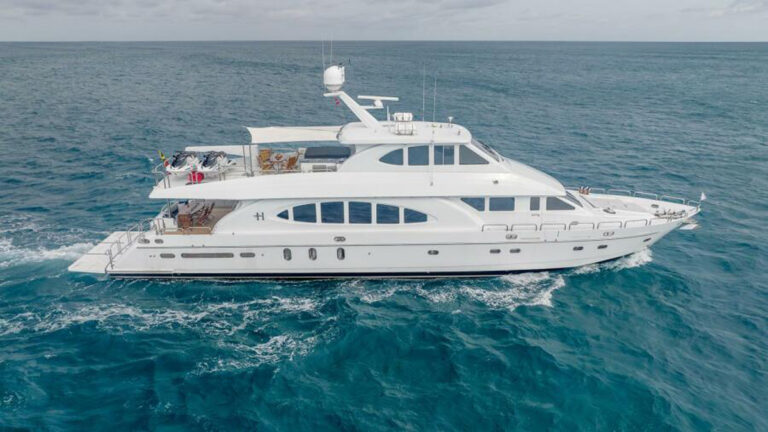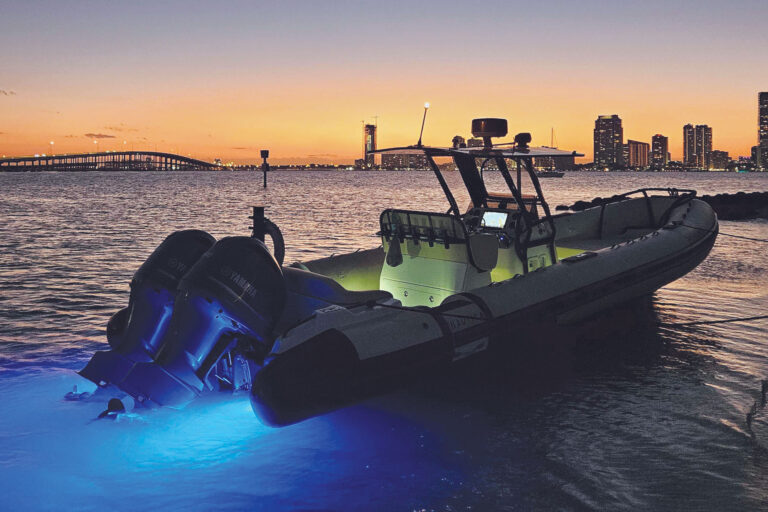Piracy. It is an ugly word that crosses the mind of every serious cruising yachtsman. Even if an intrusion isn’t as dramatic as the one that took Sir Peter Blake’s life in Brazil, it remains a fact that crimes directed at pleasure craft are on the rise in certain corners of the world, and they can include armed robbery and hostage situations. Illuminating your yacht and crew is a passive and reliable way to reduce the risk of an attack. An ounce of prevention-in this case, some well-directed lumens-can go a long way in lessening your chances of being a target.
Lighting security experts I spoke with agree that well-lit structures and the element of surprise work against potential perpetrators. Intruders obviously do not want to be detected, and unlit or dark targets only facilitate their mission. Broad-beam floodlights and spotlights positioned on board or directed at your vessel from shore create an environment less favorable for them.
High-power lights draw heavily on power, and creating a constant supply of 120-volt current might be an issue for yachtsmen who lack generators, are concerned about fuel consumption or prefer to sleep with minimal machinery running. Twelve-volt lighting, which is better than no lighting at all, makes a good alternative, as long as the ship’s batteries can handle the draw.
Another energy-conserving alternative is the use of motion detectors rigged to turn on lights. The sudden light can cause a momentary state of confusion for your would-be attacker.
Motion detectors vary in price and can be tailored to pick up targets from close range out to 200 feet. A detector’s beams are usually adjustable, too, with coverage as wide as 200 degrees. Most detectors have infrared sensors, which allow them to pick up body heat. To avoid false alarms, it is important to aim beams away from sources of heat. The occasional mishap is not a tragedy, though, since it will convey that people are on board and moving about.
Recently, I was invited by Surefire, a manufacturer of tactical flashlights, to see how high-performance flashlights can be used as passive deterrents. Proper use of a simple tool such as a flashlight is a powerful way to gain control of an adverse situation. Even police officers have found that in some instances, flashlights are effective in reducing an officer’s need for force.
You have a decided advantage by momentarily incapacitating an intruder with blinding light. Since much of an average person’s sensory information is delivered optically, the intruder will be unable to determine where you are, improving your chances of escape. Additionally, that same disturbance can affect your intruder’s balance, making him momentarily unstable-just enough, perhaps, to scare him off.
For a handheld flashlight to provide effective protection, it must produce a narrow, high-output beam. It’s of no use if the bandit is not truly blinded. An instant on/off or a dead-man switch is imperative for speed of operation.
We protect our homes with bright lights, thorny bushes and security systems, but many people still leave the keys to the boat under the gunwale or behind that drawer in the cockpit-even I am guilty of that. The code of trust that once defined the waterfront, however, has unfortunately eroded in some parts of the world. Considering the ease with which you can protect yourself-passively, no less-there’s no excuse not to be prepared.









